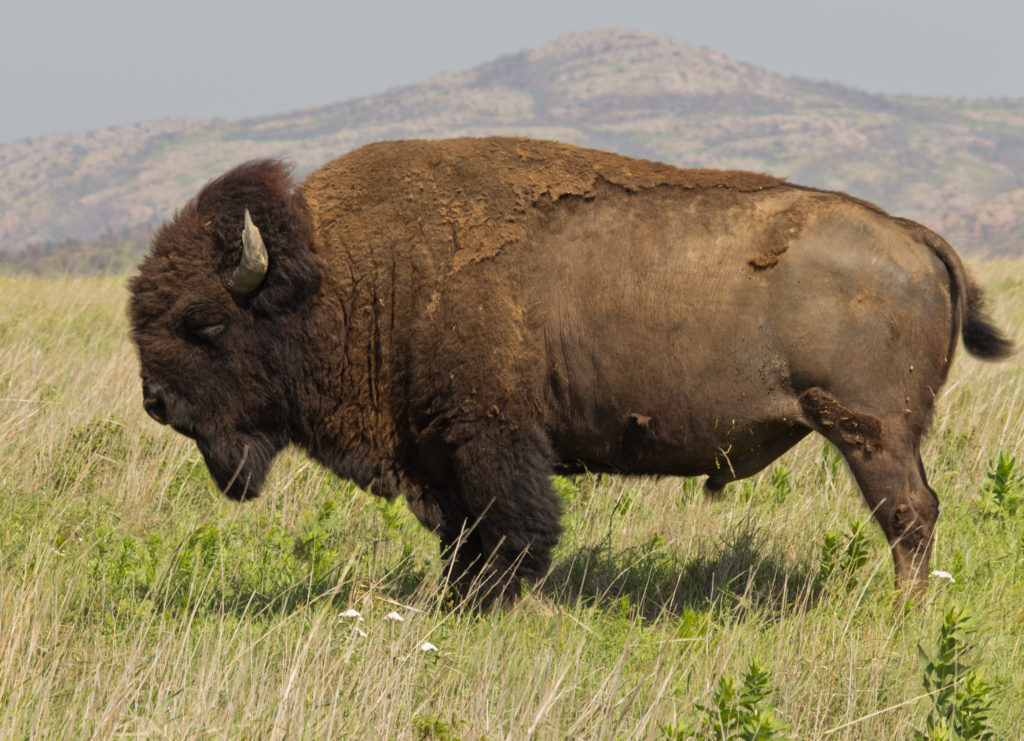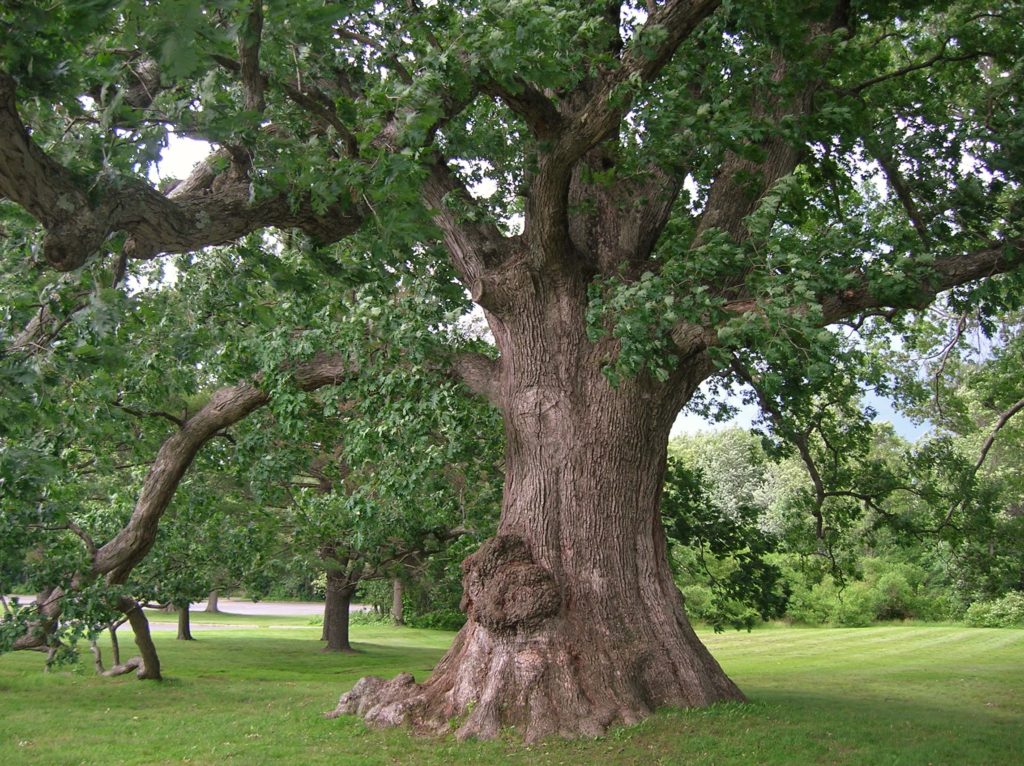It took an act of Congress and a Proclamation by President Ronald Reagan—but, on September 23, 1986, the United States got a national flower: the rose.
Actually, the country got a “national floral emblem,” but let’s agree that a rose by whatever bureaucratic name we choose is still the national flower. It wasn’t easy, apparently. Over decades, many legislators had argued hot and heavy for their favorite plant—dogwood, corn tassel, mountain laurel, columbine and more. Senator Everett Dirksen, an Illinois Republican, was a loyal promoter of the marigold. The marigold, said Dirksen in 1967, epitomizes America, “Its robustness reflects the hardihood and character of the generations who pioneered and built this land into a great nation.”

Alas, all pretenders to the crown (of thorns, yuk, yuk) were defeated in 1986 when the entire Congress rallied behind the rose. Not the red rose—which is an official symbol of England—but all roses. President Reagan waxed eloquently about the virtues of the rose in his Proclamation No. 5574:
“The study of fossils reveals that the rose has existed in America for age upon age. We have always cultivated roses in our gardens. Our first President, George Washington, bred roses, and a variety he named after his mother is still grown today. The White House itself boasts a beautiful Rose Garden. We grow roses in all our fifty States. We find roses throughout our art, music, and literature. We decorate our celebrations and parades with roses. Most of all, we present roses to those we love, and we lavish them on our altars, our civil shrines, and the final resting places of our honored dead.”

You might think the United States has a long list of national natural symbols, but that isn’t the case. The Bald Eagle was selected as the national animal (not bird) in 1782, when it appeared on the Great Seal of the United States, but nothing new showed up until the rose in 1986. And only two more have joined the list since then. The oak—all species, just like the rose—was selected as the national tree in 2004, and the bison was named national mammal in 2016 (had to be the national mammal, because we already had a national animal). But that is it. Just four natural symbols of the United States.

The individual states, however, have abandoned any sense of restraint. States have official amphibians, bats, birds, butterflies, cacti, crustaceans, dinosaurs (!), dogs, fish, flowers, grasses, horses, insects, mammals, microbes, mushrooms, pets, plants, reptiles, seashells, and trees. My home state of North Carolina has 5 official plants, including the Venus flytrap (native to the state), and 13 official animals. I’m sure other states are even more profligate in offering prizes to their favorite species.

Other countries are much like the U.S, however. in having a short list. Canada named the beaver as their national animal in 1975, and the maple tree is their official “arboreal emblem”—big surprise there, eh? They added an official horse in 2002, a Canadian breed “known for its great strength and endurance, resilience, intelligence and good temper (sounds like the Royal Canadian Mounted Police to me). Mexico apparently hasn’t gotten to this task yet. Australia has only the kangaroo as its official animal and the golden wattle (an acacia shrub) as official plant. England’s official animal is the lion—interesting because it isn’t native to the country! It also lists the red rose as an official flower and the oak as the official tree (copying the colonies, apparently). They also have named fish’n’chips as their official meal, so perhaps we could redefine that as an official fish (cod) and official plant (potato).
References:
Government of Canada. Official symbols of Canada. Available at: https://www.canada.ca/en/canadian-heritage/services/official-symbols-canada.html#a7. Accessed June 24, 2019.
National Rose Garden. The National Flower. Available at: http://nationalrosegarden.com/the-national-flower/. Accessed June 24, 2019.
New York Times. 1986. A National Flower: Rose is Victor. New York Times, Sept. 24, 1986. Available at: https://www.nytimes.com/1986/09/24/us/a-national-flower-rose-is-victor.html. Accessed June 24, 2019.
State Symbols USA. The Mighty Oak Tree, National (U.S.) Tree. Available at: https://statesymbolsusa.org/symbol-or-officially-designated-item/state-tree/mighty-oak-tree. Accessed June 24, 2019.
